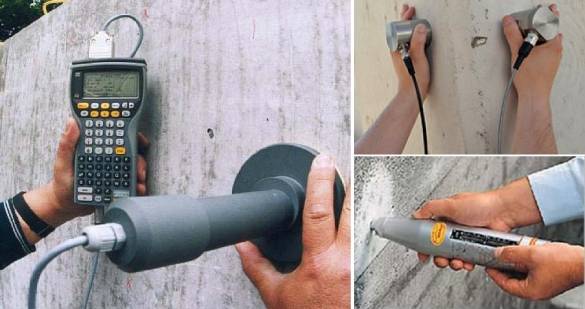Introduction to Structural Audits
Structural audit are essential for ensuring the safety and longevity of residential buildings. They involve a thorough examination of a building’s structural components to identify any weaknesses or potential issues. Regular structural audits help in maintaining the integrity of buildings and safeguarding residents.
Initial Site Inspection
The first step in a structural audit is the initial site inspection. This involves a visual examination of the building’s exterior and interior. Auditors look for visible signs of damage such as cracks, water stains, and uneven surfaces. They also assess the building’s foundation, walls, and roofing for any structural deficiencies. This step helps in identifying areas that require detailed investigation.

Document Review and Analysis
In this phase, auditors review the building’s design and construction documents. These documents include architectural plans, structural drawings, and previous inspection reports. Analysing these documents helps auditors understand the building’s original design and any modifications made over time. This step is crucial for identifying any discrepancies between the actual structure and its documented design.
Structural Integrity Testing
Structural integrity testing involves conducting various tests to assess the strength and stability of the building’s components. Common tests include non-destructive testing methods such as ultrasonic testing, rebound hammer tests, and ground-penetrating radar. These tests help in identifying hidden flaws and determining the overall condition of the structure. Testing ensures that all parts of the building can withstand the intended loads and stresses.

Safety Compliance Check
This step involves checking the building’s compliance with relevant safety codes and regulations. Auditors examine fire safety systems, emergency exits, and accessibility features. They also assess the building’s electrical and plumbing systems for safety and functionality. Ensuring compliance with safety standards is crucial for the well-being of residents and the longevity of the building.
Final Report and Recommendations
After completing the inspection and tests, auditors compile their findings into a detailed report. This report includes a summary of identified issues, test results, and recommendations for repairs or improvements. The final report serves as a roadmap for building owners and managers to address any structural deficiencies and enhance the building’s safety.
Importance of Regular Structural Audits
Regular structural audits are vital for maintaining the safety and value of residential buildings. They help in early detection of potential issues, preventing costly repairs and ensuring the well-being of occupants. Conducting audits periodically can extend the lifespan of a building and provide peace of mind to residents.
By following these steps, building owners and managers can ensure that their residential properties remain safe, compliant, and structurally sound.
